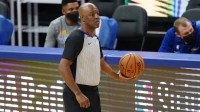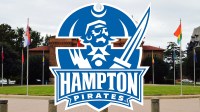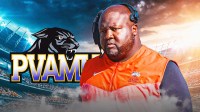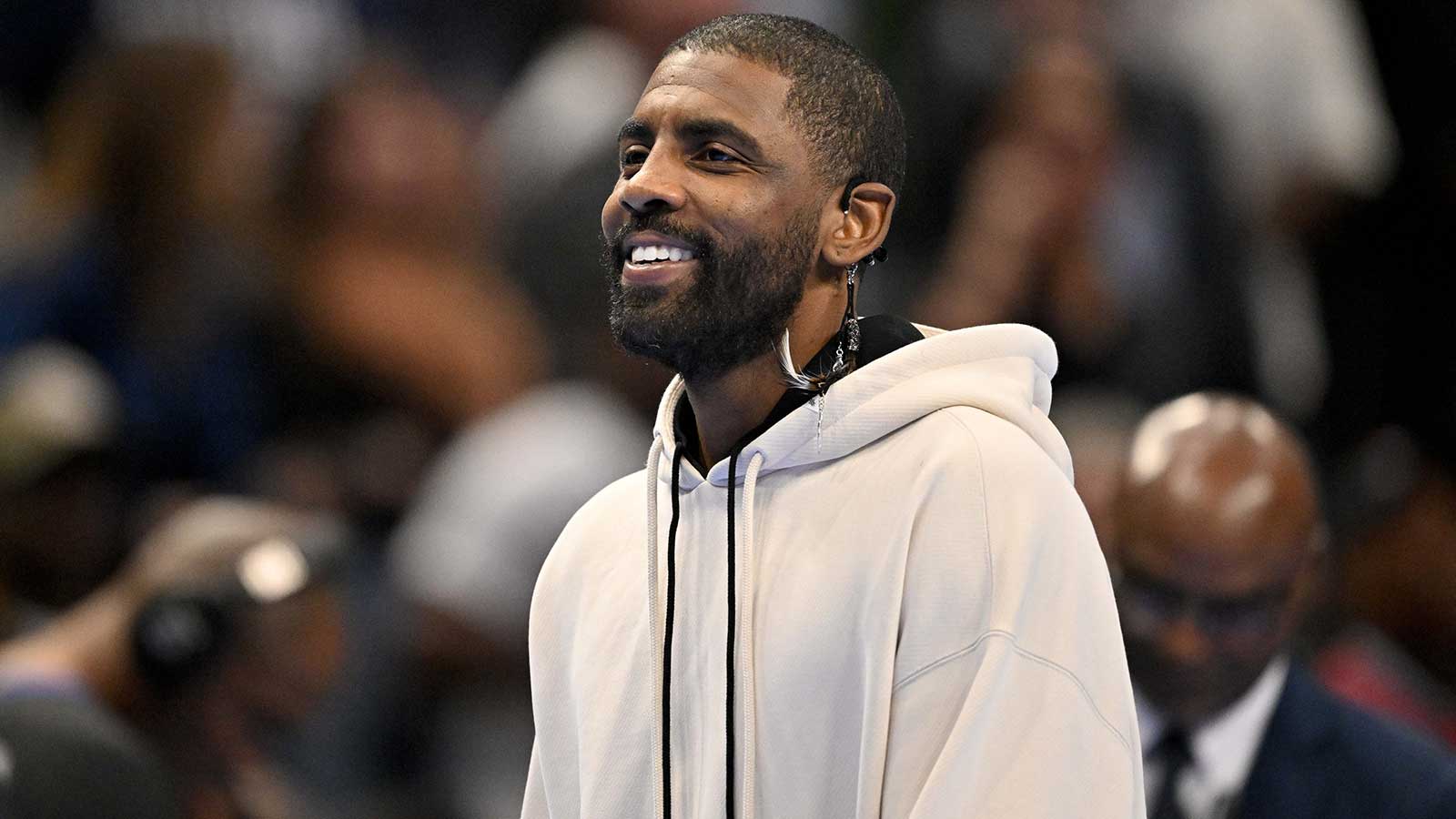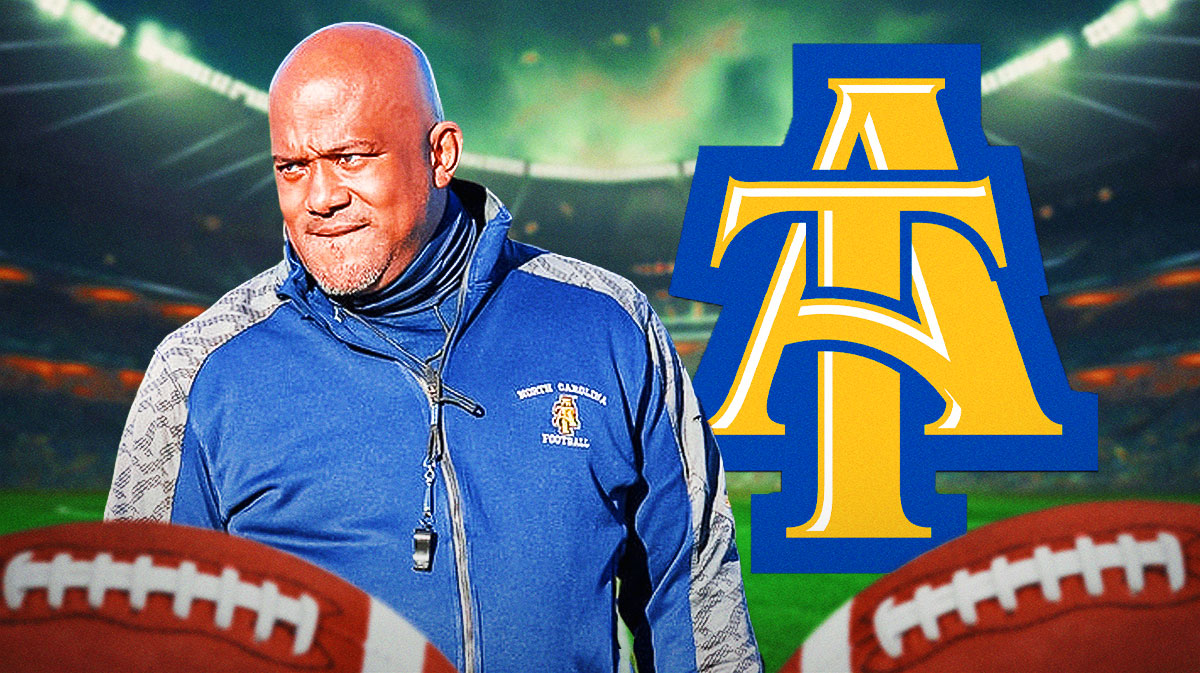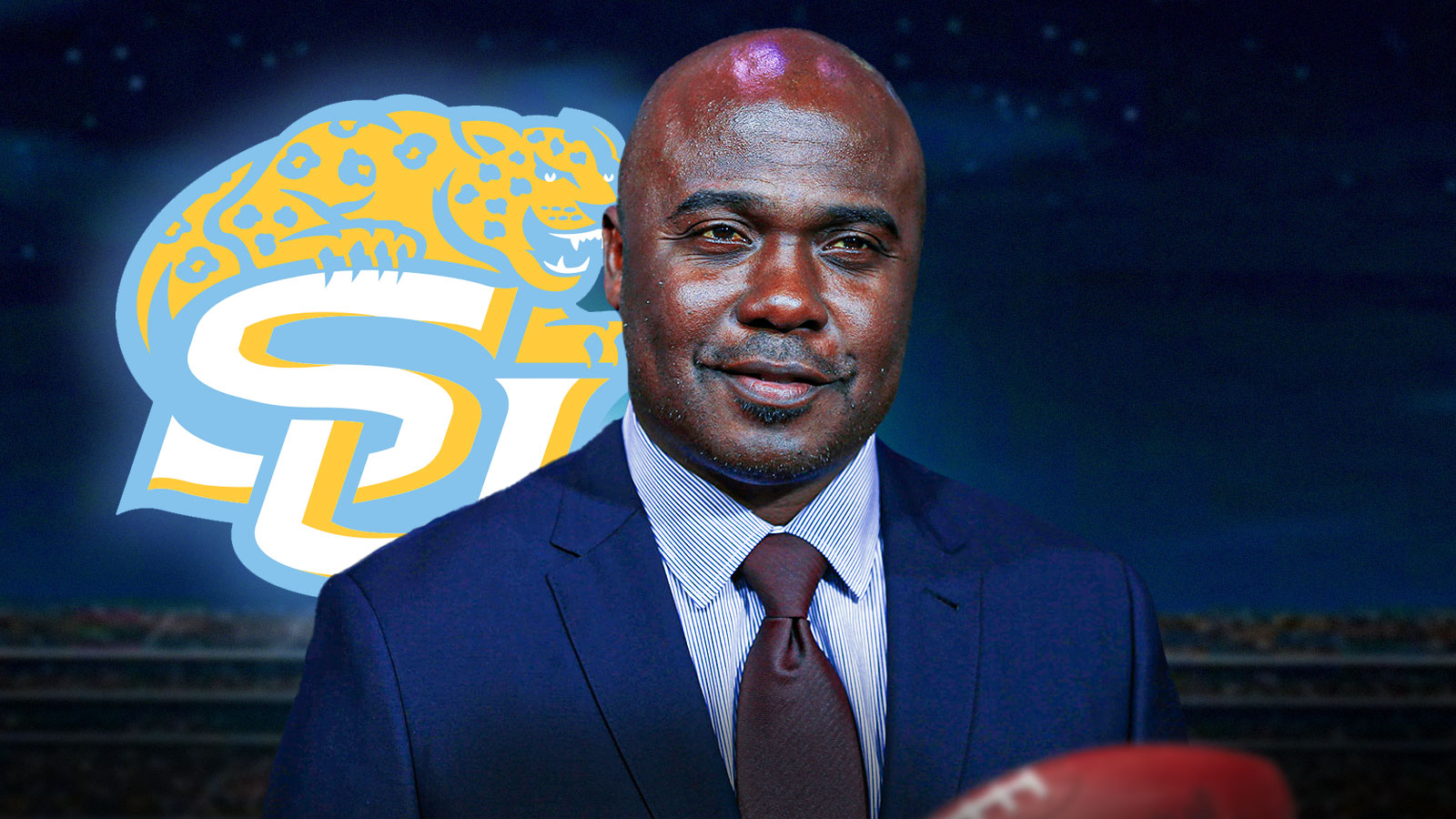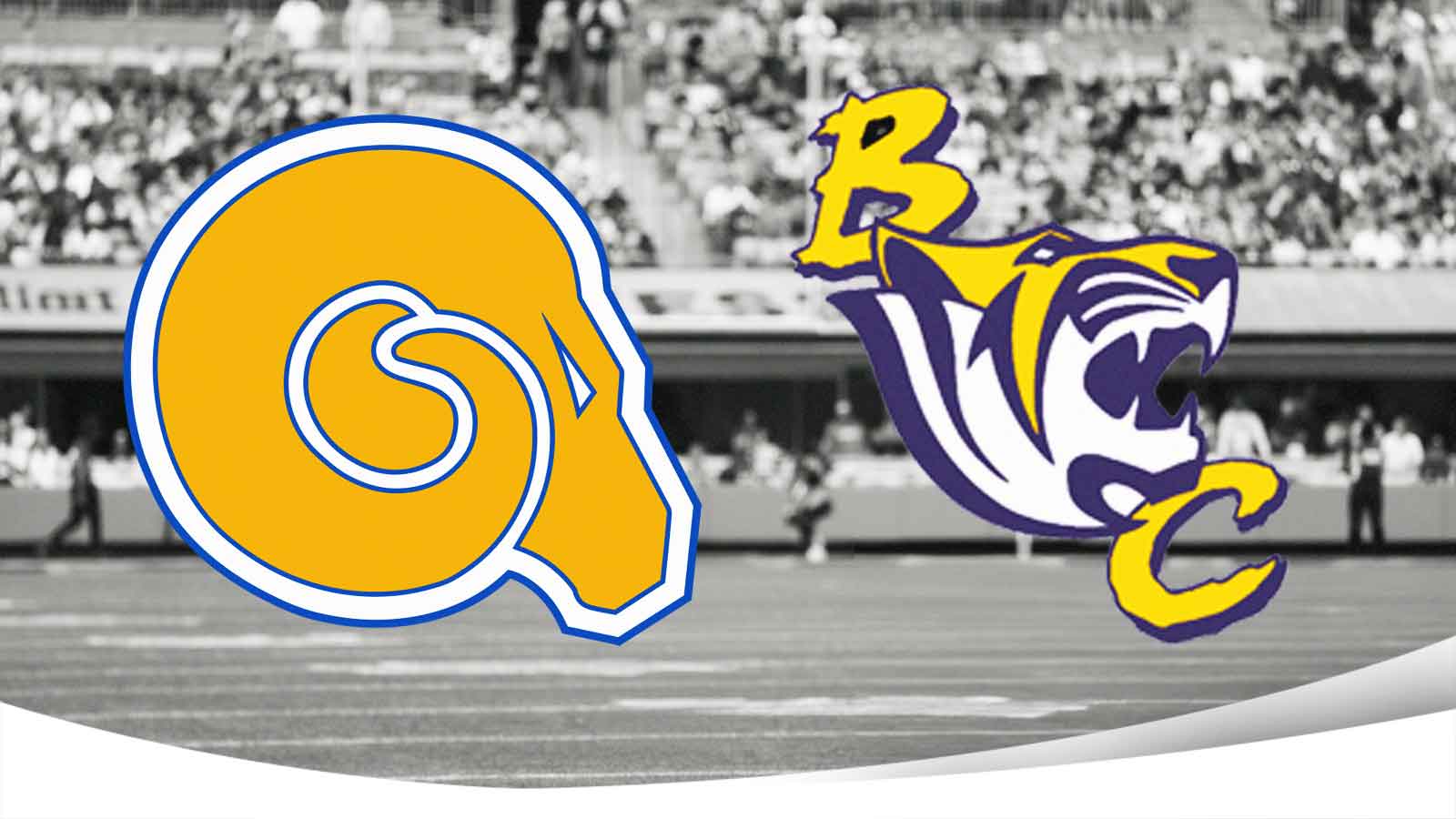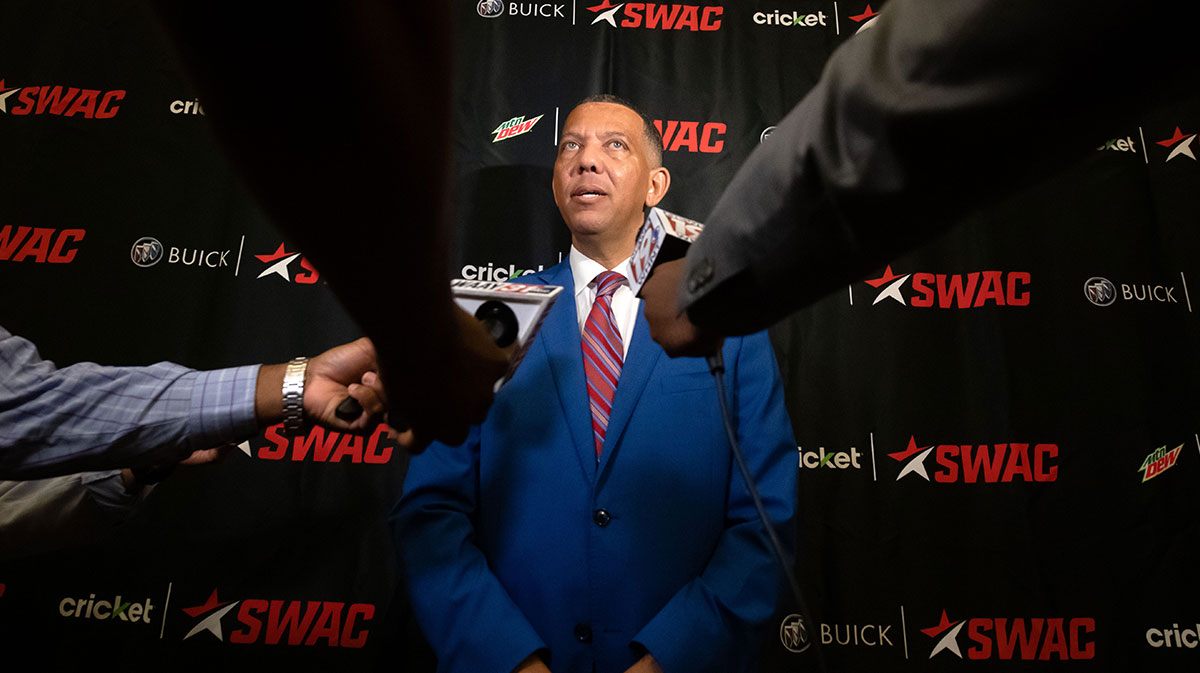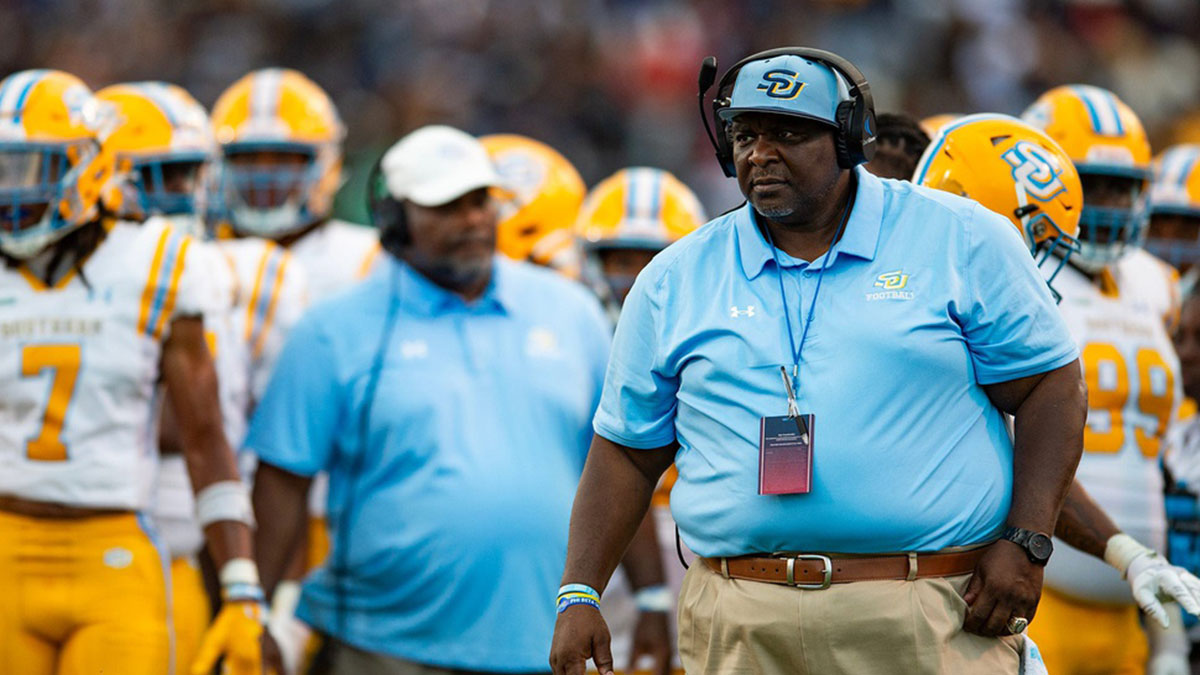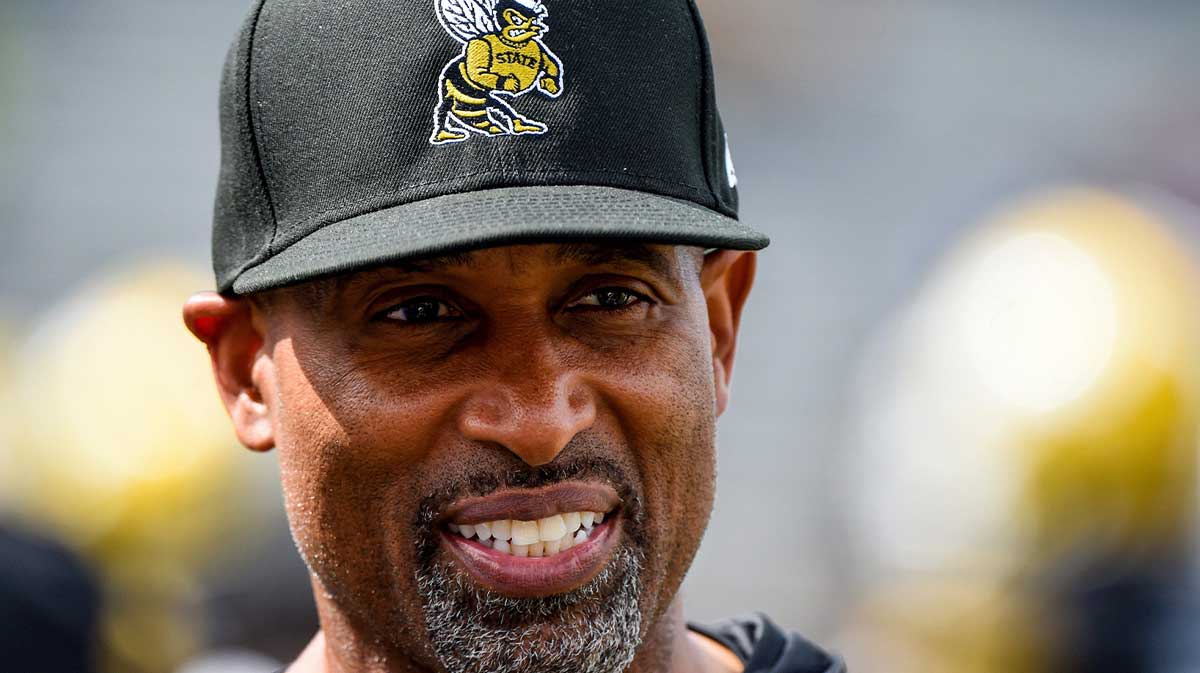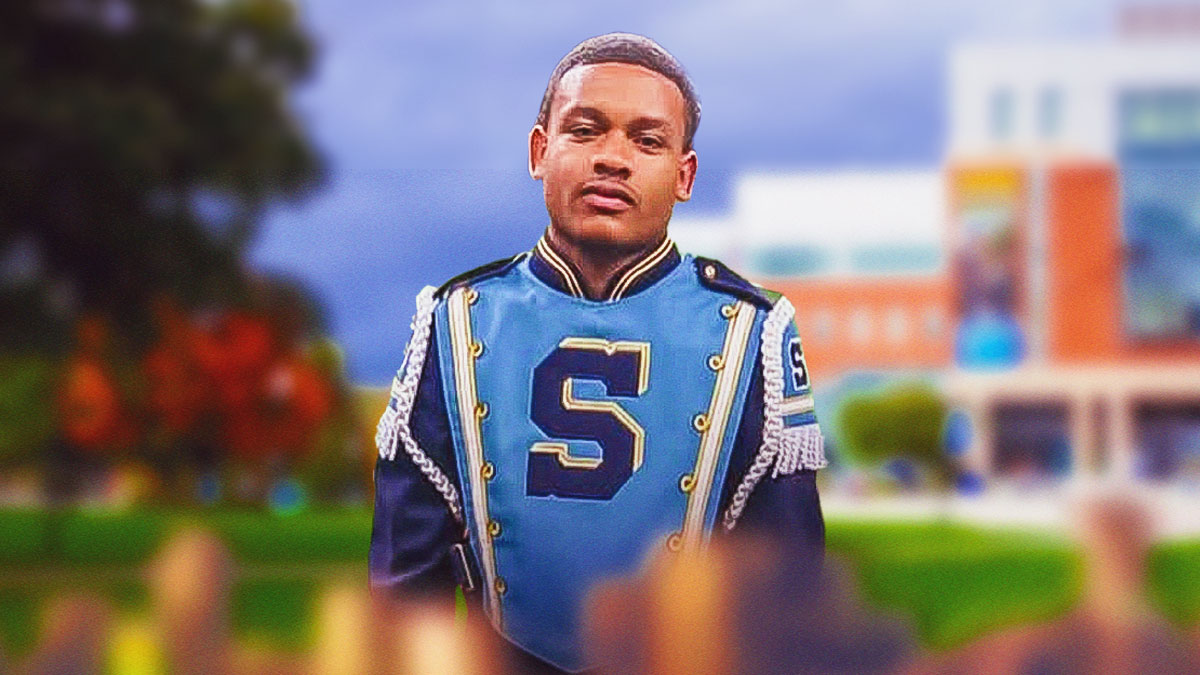The way we talk about Division II HBCU football is fundamentally destructive. Too often, the conversation is rooted in a reductive, top-down viewpoint that diminishes the quality and significance of D-II athletics, particularly from those who support Division I FCS institutions.
You can see this toxic dynamic play out every season. When a top-tier FCS team like Florida A&M struggles with a competitive D-II opponent like Albany State—a team led by former FAMU legend Quinn Gray—the narrative immediately becomes an indictment of the FCS team, not a celebration of that D-II team's talent. The conversation shifts from, “Wow, that Albany State team is really good,” to the condescending insult, “You almost lost to a D-II school.” The same holds true when a Virginia State team, loaded with talent, nearly upsets Norfolk State in Michael Vick's first HBCU game. The takeaway for many is to ridicule the FCS HBCU team for struggling rather than commend the D-II HBCU for keeping pace or even winning. This attitude treats D-II football as though it’s a subpar, “Pop Warner” league, completely disconnected from the legitimate collegiate sport it is.
This inferiority complex is a crisis of popularity, and it has real, tangible consequences. The constant demeaning of D-II programs creates a perception of irrelevance, which in turn saps the interest and support of the next generation. I've had conversations with young students at D-II schools who have no interest in following their own conference or rivals because they’ve been conditioned to believe that this level of play isn’t important. This is a far cry from the passion of past generations, in which alumni are still active in supporting their programs and even steering the direction when given the opportunity. That support turns into alumni donorship that helps in further building upon the athletic programs, and more specifically, the football program.
I saw this firsthand at Fort Valley State's most recent game against Delta State. The Wildcats were down by just five points with 27 seconds left, about to receive a kickoff with a chance to win. Yet, a significant number of students, who presumably live on campus, which is not far from Wildcat Stadium and is within walking distance, got up and left before the game was over. They weren't trying to beat traffic; they were simply disengaged. This is a symptom of a larger problem—a lack of pride that stands in stark contrast to the energy seen at games for schools like Georgia, Alabama, or even strong FCS programs, where fans would never dream of leaving a winnable game with a full stadium.
The reality is that D-II football is a vital part of the HBCU athletic ecosystem. It's a pipeline for talent and leadership, producing coaches like Chennis Berry, who built a dynasty at Benedict College and won two SIAC championships before moving to South Carolina State and winning a MEAC Championship and a Celebration Bowl appearance in his first year. Or, what about players who have gone on to succeed at higher levels of Division II football, like former Tuskegee star turned Louisville wideout Antonio Meeks or former Fort Valley State defensive standout turned Purdue Boilermaker Josh Burney?
Perhaps even more consequential, the Division II ranks are home to some of the most historic and powerful brands in Black college athletics, including Tuskegee University, one of the winningest programs in HBCU history; Morehouse College, a renowned academic institution; and recent D2 powers such as Bowie State and Winston-Salem State. These brands, along with the deep-rooted rivalries and traditions they represent, are the lifeblood of this division. What if a few of these programs were to leave Division II HBCU football? What is our draw? What's our anchor? Will people still care?
There is a fundamental injustice in how media coverage is allocated within HBCU football. The oxygen of public attention is almost entirely consumed by a handful of established FCS programs, creating an environment where teams with equally rich histories and formidable on-field potential are relegated to the shadows. Even the most respected HBCU football analysts and prognosticators, while talented, often dismiss the entire Division II landscape with a passing mention, as if it exists on the periphery of the sport that so many of us love.
How can we expect the next generation of powerhouse programs to emerge without the sunlight of attention? How can deserving teams build a fanbase and attract support beyond their immediate alumni when they are denied the media bandwidth necessary to tell their stories? For these programs to truly thrive and grow into the powers of the next decade, the conversation must expand to give them the respect, coverage, and platform they deserve.
We must stop devaluing D-II football. The destructive narrative not only threatens our viewership and media interest, but it also endangers the long-term existence of these storied programs. It's time for HBCU alumni and fans to stop tearing down our own and start celebrating the incredible quality, resilience, and rich culture that defines Division II HBCU football. The future of this division depends on it.




